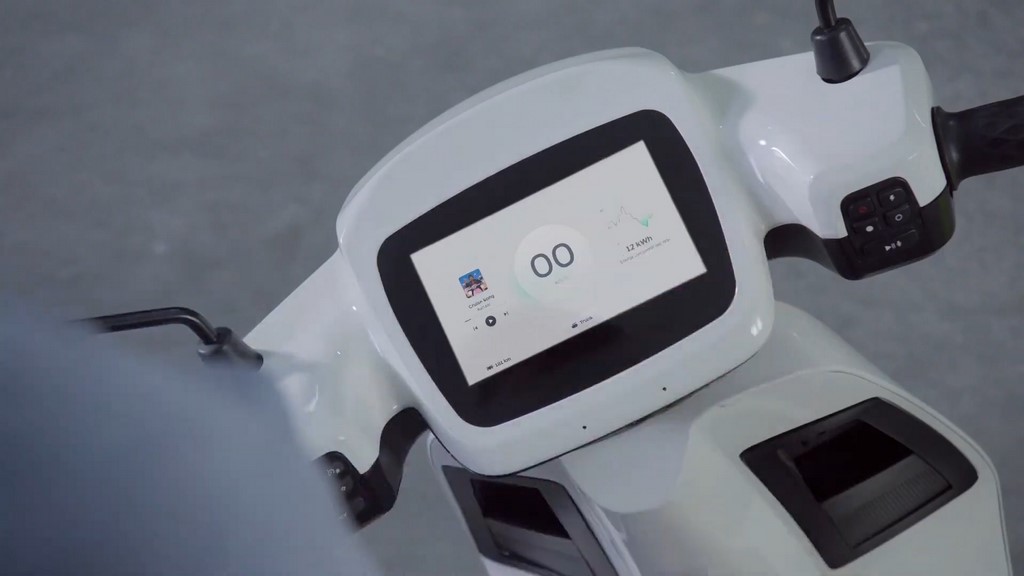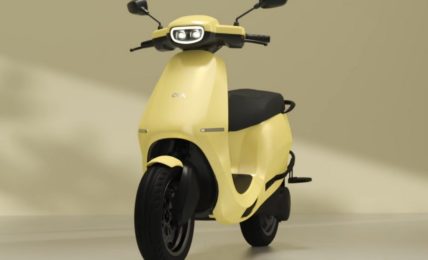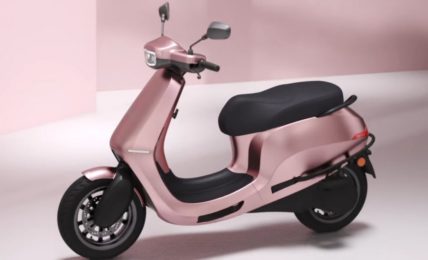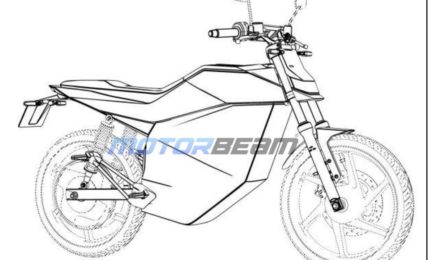The infamous Guwahati accident involving an Ola S1 Pro has sparked continued controversies
In what could be termed as a revolutionary piece of evidence or even a first-of-its-kind approach, Ola Electric today twitted a graph stating that the reason for the infamous Guwahati accident involving its S1 Pro was not because of the failure of the regenerative braking system but because of the rider over speeding and panic braking.
Of late, a lot of EV brands including Ola are in the news for wrong reasons owing to their products catching fire. The accidents have crazily risen the point that they have even grabbed the attention of the Central government.
Transport Minister Nitin Gadkari even said that his Ministry has constituted an expert committee to enquire into these incidents and make recommendations on remedial steps. Based on the reports, the Ministry will soon issue necessary orders on the defaulting companies. Also, government is in the process of issuing quality-centric guidelines for electric vehicles.

Coming to Ola’s statement, the company said it has thoroughly investigated the incident using the on-board sensor data of the S1 Pro involved in the accident and found that the rider was continuously riding in hyper mode touching the scooter’s top speed of 115 km/hr at least a couple of times in the last half-an-hour prior to the accident.
Ola further said that the last recorded data shows panic braking resulting in the scooter heavily decelerating from 80 km/hr and falling on to the right side and that there’s no information of sudden acceleration as claimed by the victim.
While this explanation might soon brush off all the controversies surrounding the S1 Pro, many Twitteratis expressed concern about manufacturers having the ability to track their driving behaviour and their whereabouts.
With more and more electronics getting added on to electric vehicles, it will soon be inevitable for customers buy EVs without these connected features. But on the positive note, these features might prove to be safe in the long run cautioning the riders about bad riding practices.




